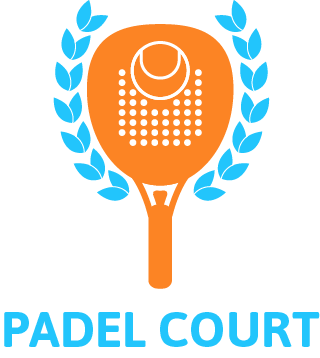Choosing the right padel racket is crucial for enhancing your performance on the court. Here's a guide to help you make an informed decision:
-
Player Level:
- Consider your playing level - whether you are a beginner, intermediate, or advanced player. Rackets are designed with specific features to cater to different skill levels.
-
Racket Shape:
- Padel rackets generally come in two shapes: diamond and round.
- Diamond-shaped rackets offer more power and are suitable for advanced players.
- Round-shaped rackets provide better control and are ideal for beginners or players looking for precision.
- Padel rackets generally come in two shapes: diamond and round.
-
Balance:
- Racket balance is categorized as head-heavy, head-light, or balanced.
- Head-heavy rackets provide more power but may be harder to control.
- Head-light rackets offer better maneuverability and control.
- Balanced rackets strike a middle ground, providing a blend of power and control.
- Racket balance is categorized as head-heavy, head-light, or balanced.
-
Weight:
- Rackets come in a range of weights, typically from 350 to 390 grams.
- Lighter rackets are more maneuverable and suitable for players who prioritize control.
- Heavier rackets offer more power but may require more strength and can cause fatigue over extended play.
- Rackets come in a range of weights, typically from 350 to 390 grams.
-
Materials:
- Padel rackets are usually made of carbon fiber or a combination of materials.
- Carbon fiber rackets are lightweight, durable, and provide good power and control.
- Some rackets may include technologies like foam-filled cores for added comfort and shock absorption.
- Padel rackets are usually made of carbon fiber or a combination of materials.
-
Grip Size:
- Choosing the right grip size is crucial for comfort and control.
- Measure your grip size by holding the racket in your playing hand. The space between your fingertips and palm should be just enough to insert a finger.
- Choosing the right grip size is crucial for comfort and control.
-
String Pattern:
- The string pattern can affect the amount of control and spin you can generate. A more open string pattern provides more power, while a denser pattern offers better control.
-
Brand and Model:
- Consider reputable brands and specific racket models that have positive reviews or recommendations. Test rackets if possible before making a purchase.
-
Budget:
- Set a reasonable budget for your padel racket. While it's tempting to go for the most expensive option, there are quality rackets available at various price points.
-
Try Before You Buy:
- If possible, try out a few rackets before making a decision. Many specialty sports stores have demo programs or allow you to test rackets on-site.
Remember that personal preferences play a significant role, so choose a padel racket that feels comfortable in your hands and complements your playing style.

